Chaozhou cuisine, or also known as Teochew cuisine, is the heartbeat of modern Chinese restaurant CH’AO, in the recently opened Conrad Shenzhen. Led by executive chef Owen Ou, the establishment showcases the produce-focused techniques of Teochew cooking with flair — the main dining hall has an open show kitchen where guests get to witness the theatrics of the culinary team. The restaurant also houses six private dining rooms, inspired by culture and the five elements of gold, wood, water, fire and earth. Modern Teochew Conrad Shenzhen CH’AO
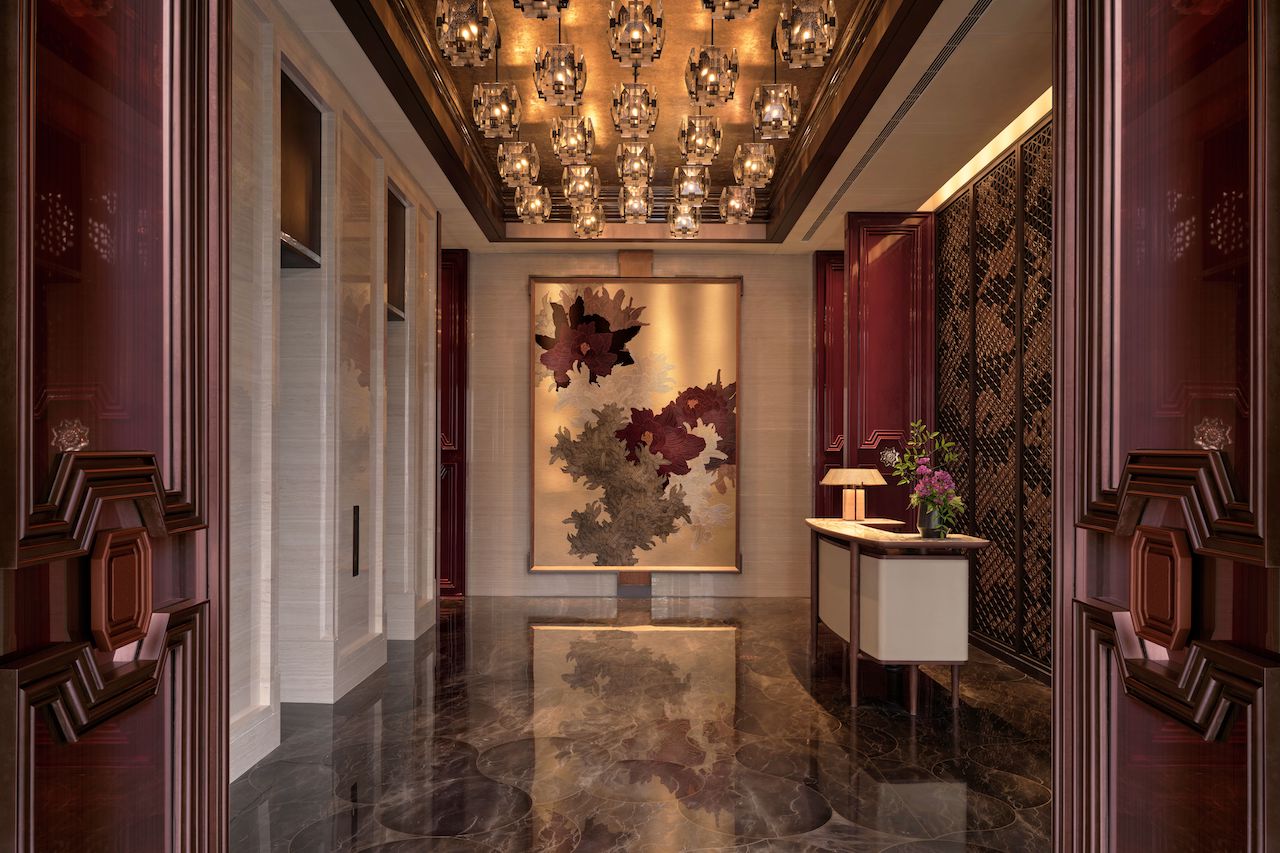
Though hailing from Guangdong province, which is more commonly noted as the birthplace of Cantonese cuisine, Chaozhou cuisine comes from the east of the area specifically from the Chaoshan region. This area comprises the three cities of Shantou, Chaozhou and Jieyang.
Generally a cuisine that shows restraint in seasoning, Teochew dishes are typically light and refreshing. Teochew cooks choose to bring out the ingredients’ natural flavours instead. To achieve this, they use a variety of methods including brining, braising, blanching, stewing and fermentation as well as aromatics such as tangerine peel and blue ginger.
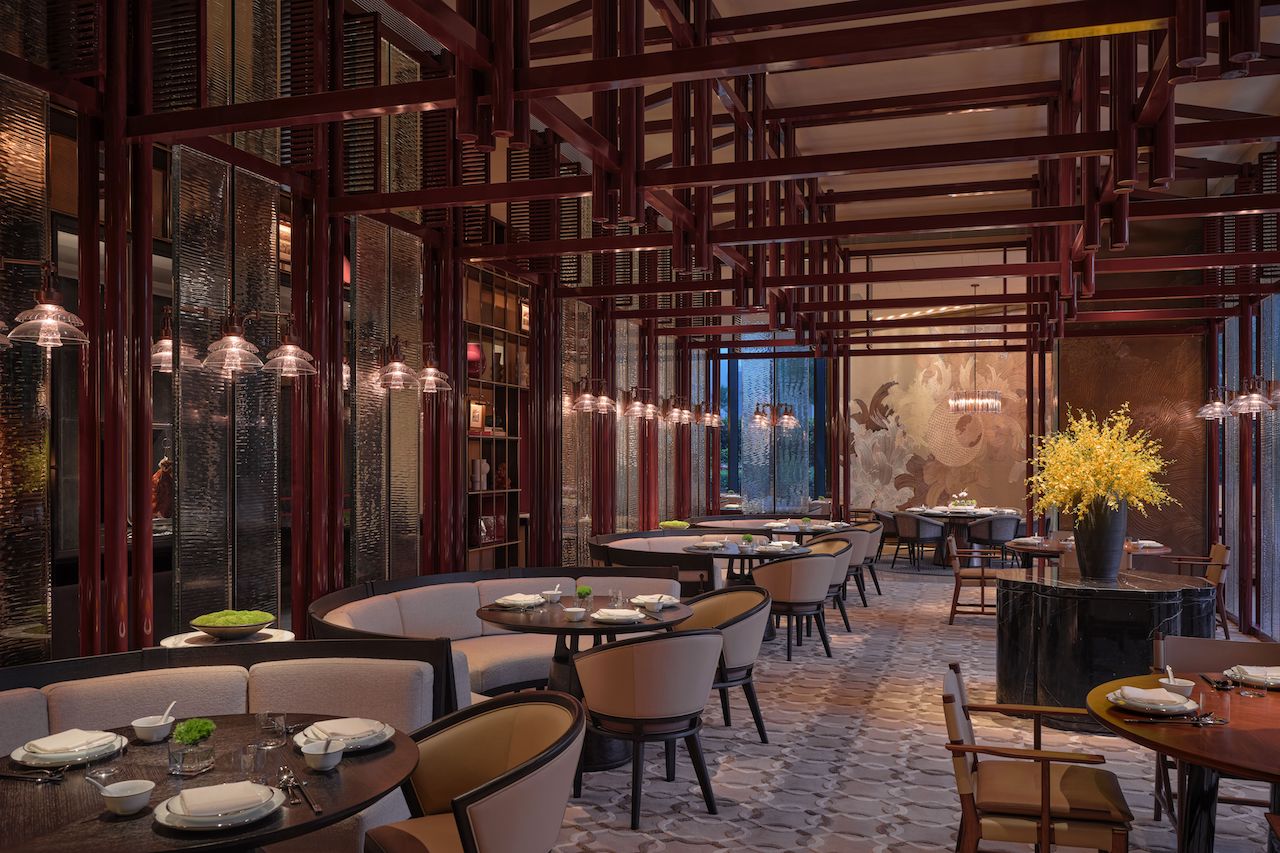
In CH’AO, for example, feet from the Lion Head Goose is aged in a brine of cloves, nutmeg, Sichuan peppers, salt and sugar. The result is a fragrant cold dish, with a warm aroma of its spices yet lightly salted, and the texture of the goose web stiffened into a delightfully crunchy snack.
Always learning
Born in Zhanjiang, Guangdong, Owen first trained in Cantonese and fusion cuisine including a four-year tenure at the two Michelin-starred Jiang by Chef Fei at Mandarin Oriental in Guangzhou. It instilled an added discipline to exacting high standards and reminded him to keep being curious, thanks to learning trips with Fei to markets across the country.
The dedication to research has rubbed off on him and he recalled his quest to make a bowl of noodle soup: “I explored various eateries, from local stalls to upscale restaurants in Shantou and Chaozhou, eating multiple meals throughout the day – from breakfast to late-night snacks. I even ventured into markets to purchase ingredients, conducting repeated experiments, research, and learning.”
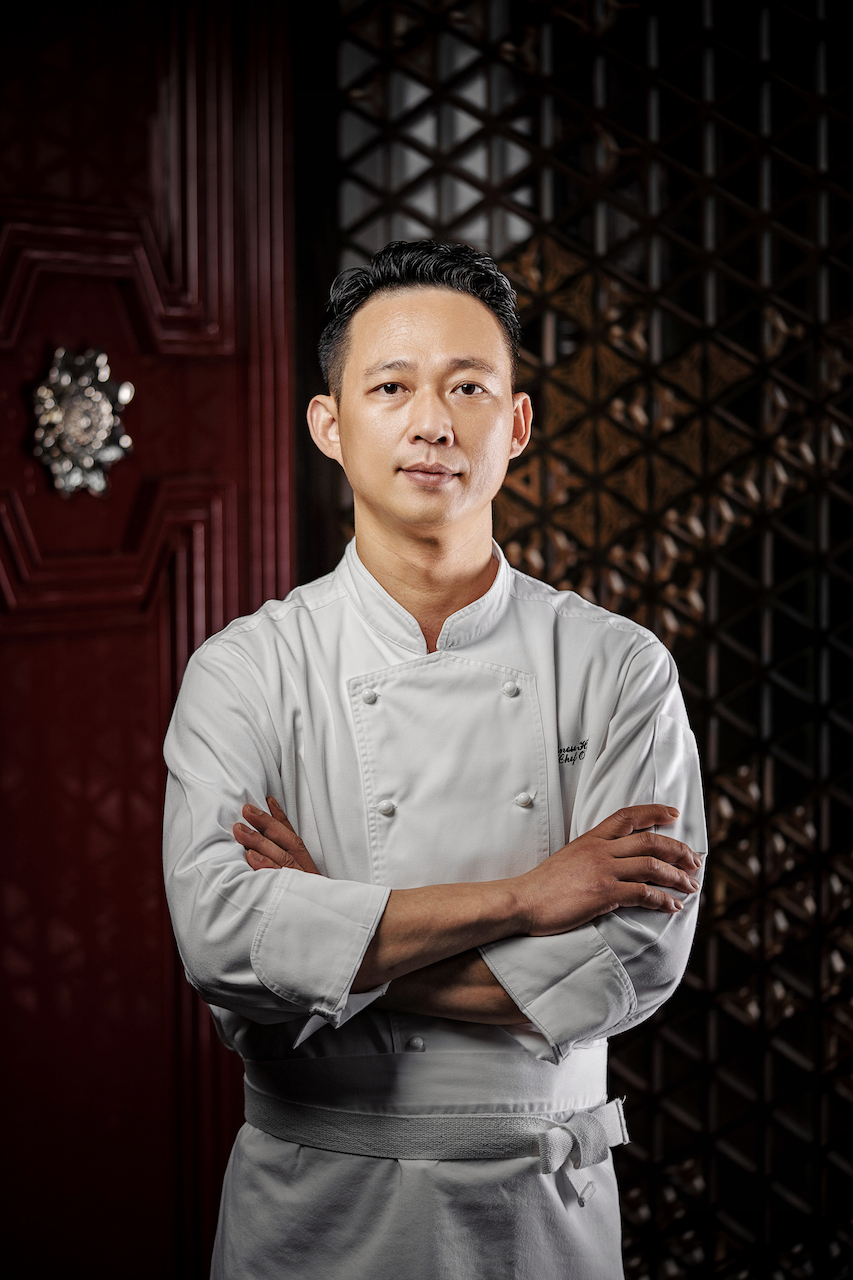
With 23 years of experience in the industry, he’s noticed that “Chaoshan cuisine offers more diverse cooking techniques and is aligned with market trends”. He has dedicated his time to learn more about Teochew ingredients such as puning soybean paste (a type of fermented soybean paste), pickled radish, salted vegetables, aged tangerine peel and jin bu huan (also known as Thai basil).
The chef’s encounter with the cuisine, however, started much earlier. His wife is Teochew and in 2007, he had his first home-cooked Teochew meal at his father-in-law’s house. The meal included a spread of delicacies the likes of homemade pickled plums, raw marinated shrimp, and steamed eel with pickled plums, which he remembers to this day.
Breaking the rules
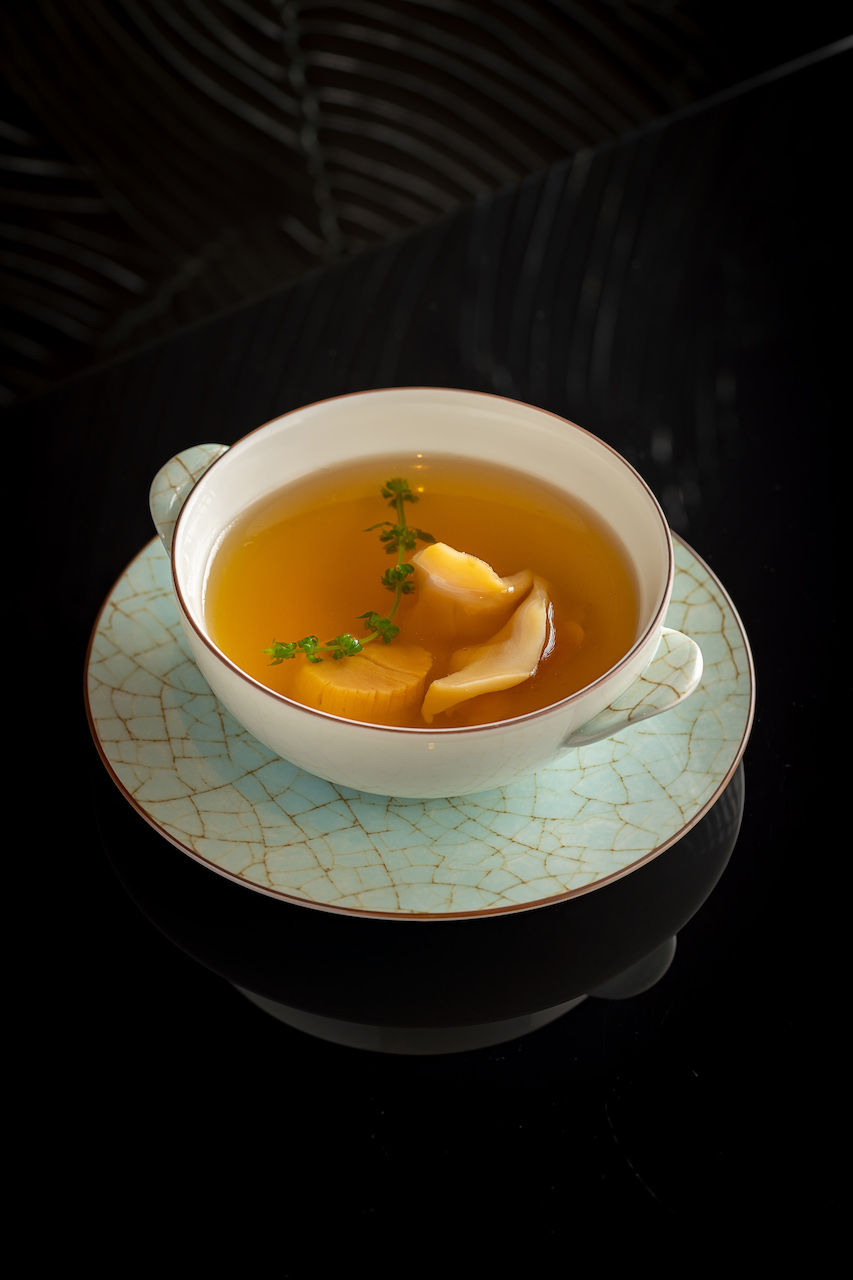
Now armed with a brigade of 34 chefs at CH’AO, Ou centres Chaozhou techniques and ingredients alongside his Cantonese training, oftentimes melding both influences in one dish. His rendition of a Double-boiled Sea Whelk soup is a nod to the Cantonese’s love for soups; boiled for two to three hours with dried scallops, and he adds in leaves of jin bu huan that lend a woody note to the broth.
He also draws inspiration from tradition, reinterpreting a dish called yu fan (meaning ‘fish rice’). ”It originated from a time when people couldn’t afford rice and had to use fish as a substitute,” he explained. The dish gets its name from how fish is cooked in a way similar to rice but with sea or salt water; there is no rice in the dish. In his rendition, Teochew Cold Fish, he uses low-temperature cooking methods to ensure the fish remains tender while keeping its original flavour and natural sweetness.
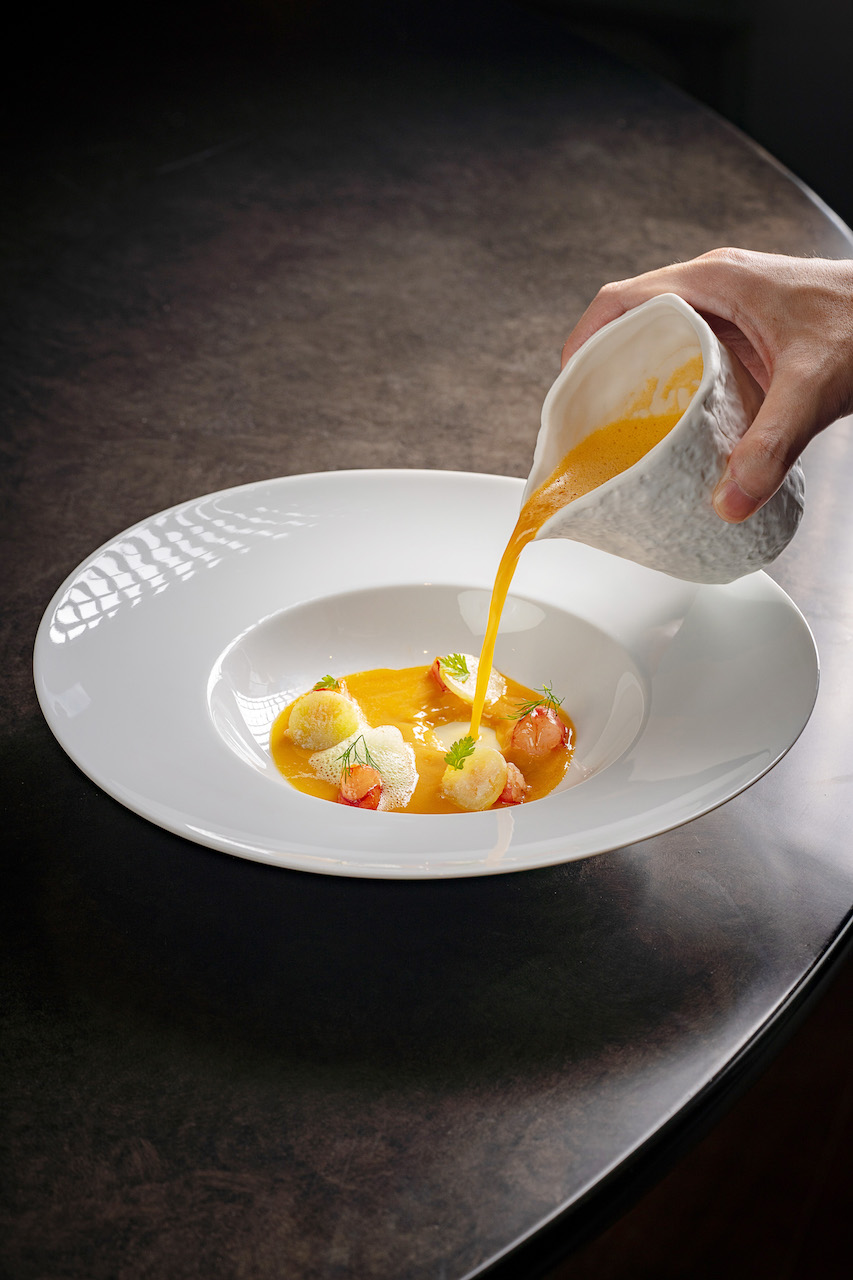
Exemplifying CH’AO’s culinary philosophy is his creation of the Baked Lobster with Handmade Rice Cake and Aged Rice Wine. A combination of familiar flavours and unexpected textures, the dish is memorable even for a seasoned diner. At the base of the dish is his handmade rice cake, made from jasmine rice and glutinous rice, which has a delicate consistency of slight chewiness yet soft enough to yield to a gentle push of the spoon. It’s braised in the broth it comes in, a luscious, caramel-coloured bouillon with aged rice wine that’s been slow-cooked for two hours. In the middle, the centrepiece of a baked lobster tail, sweet and crisp unfettered with unnecessary seasoning.
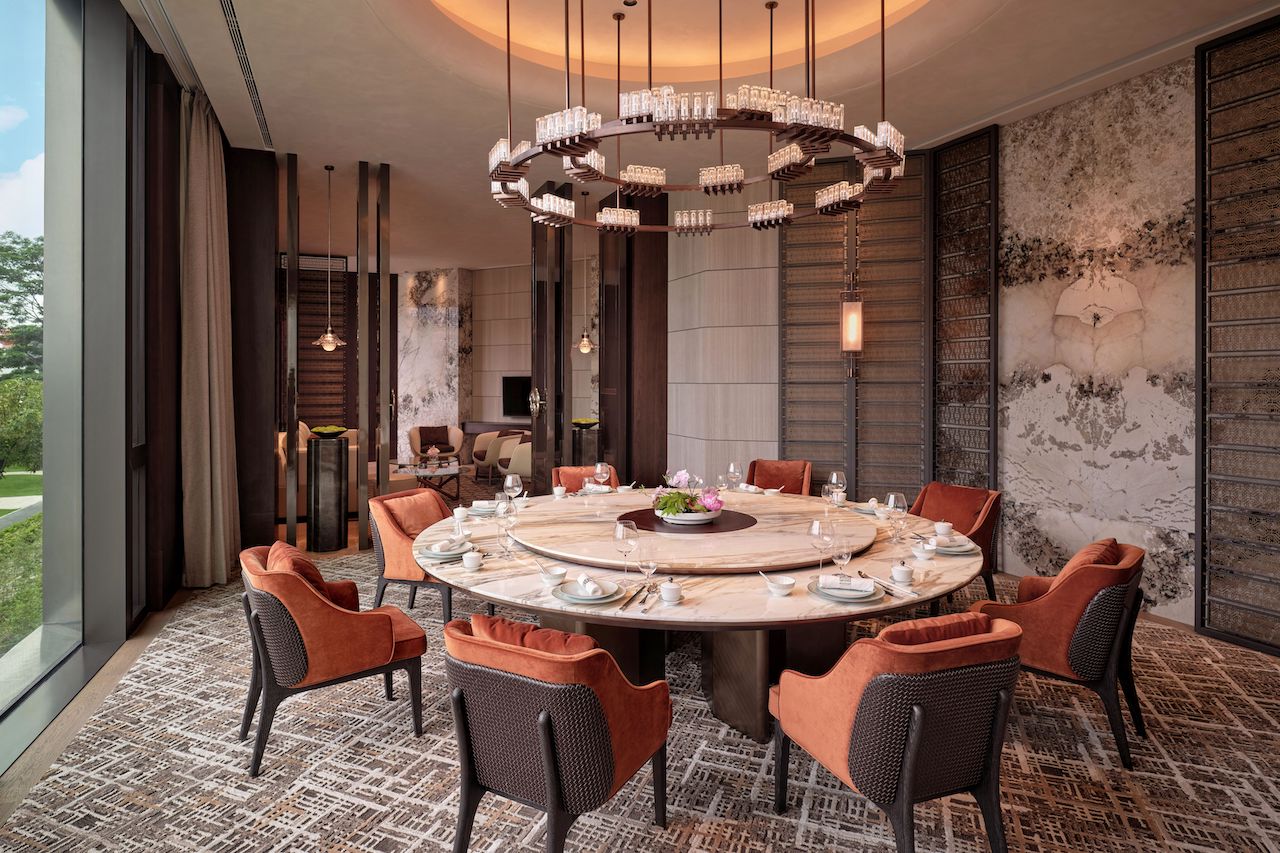
To Ou, being innovative with a cuisine that’s so ubiquitous in the region doesn’t mean doing away with methods that have withstood the test of time. “I place greater emphasis on relearning forgotten culinary techniques and adapting them to the contemporary dining habits of customers,” he explains. It’s a fine balance that most chefs spend years to find but he’s shown, in one dish, that progressive Chinese cuisine can offer such sublime results. Clearly, he’s onto something.
_____
Text by: Lu Yawen
